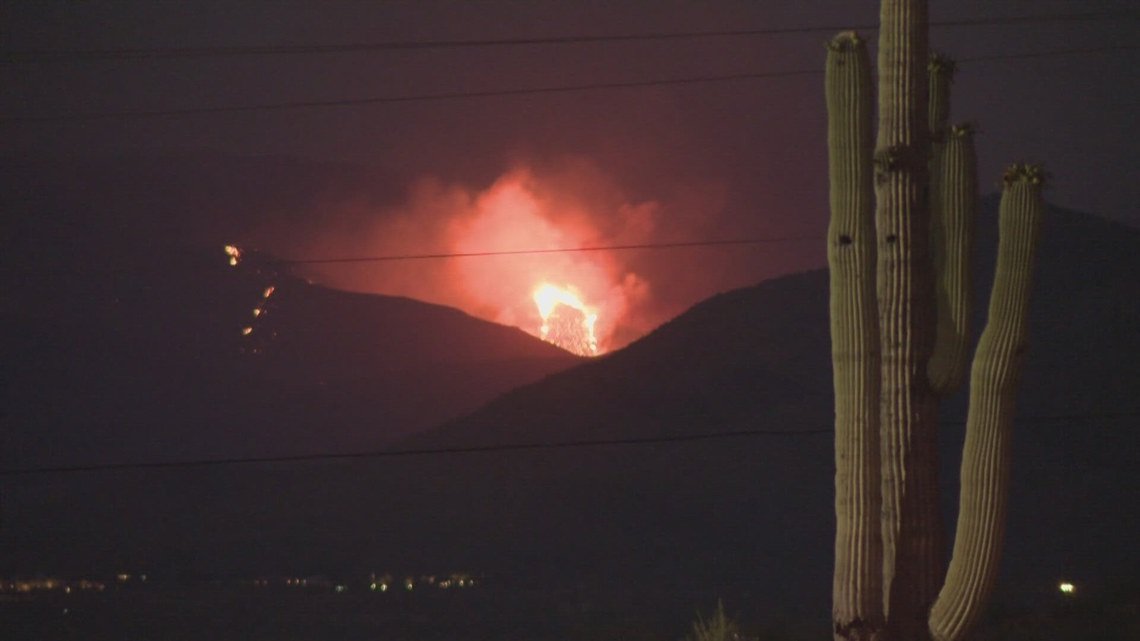arizona
Apache Junction Takes Bold Steps Against Invasive Species to Curb Wildfires

Invasive species are believed to be increasing fire intensity across the Sonoran Desert.
APACHE JUNCTION, Ariz — Researchers have identified invasive species as part of an increase in fire danger across the desert.
This is why the City of Apache Junction is trying various techniques to try and get them more under control and help prevent wildfires.
Both buffel grass and stinknet can be found in Silly Mountain Park in Apache Junction.
Liz Langenbach, Apache Junction’s Park and Recreation Director, says the city has been working and will continue working with volunteers, city staff, and contractors to address it.
“We’ve got Gold Canyon to the east, we have a lot of communities here to the north of the park, and because fire danger is a real concern here in the Valley, making sure that we are doing things that protect those homes as well as the beautiful space that we have here,” Langenbach said.
Earlier this summer, a report by the Southwest Fire Science Consortium found invasive fuels create conditions in the desert that make fires hotter, more dangerous, and faster moving.
“I think we need to understand what the future is living with them and living with the fire that they’re bringing to the desert,” Alan Sinclair, a retired Type 1 Incident Commander and Wildland firefighter of 34 years, said.
Sinclair has been helping the city create and implement plans to remove and treat the invasive fuels. His team has been conducting intentional burning, followed by immediate extinguishing to protect native plants while removing invasive species.
“Really cleaning up the sides of the road, creating a spot where firefighters can take a stand and try to put out a fire if there was one in the area,” Sinclair said.
Langenbach noted that in addition to controlled burning and hand removal, the city is employing a contractor who uses drones to spray herbicides and pre-emergents in selective locations.
The efforts to reduce invasive species are supported by a grant from the Department of Forestry and Fire Management, Langenbach explained.
“They can zero in on certain areas and certain patches, but the reality is, we will lose some brittle bush. We will lose some native vegetation. What our balance of that is, is that we could lose it all in a wildfire. We could lose it all because the invasives completely choke it out and destroy all of its resources for water,” Langenbach said.
Langenbach mentioned that more plans are in the works for volunteer events to help address invasive species. Updates will be posted in the coming months on the city’s website.
Still, Langenbach admits there are more unknowns and work to be done, including the anticipated rollout of an educational tool with information for residents about the invasive species and how to deal with them on their properties.
“Stinknet, in particular, has a lot of unknowns. It’s really resilient. And so all of us are trying to figure out what is the best method,” Langenbach said. “Our number one challenge is how to protect native vegetation while removing the invasives.”
this is a completely advertising post

















